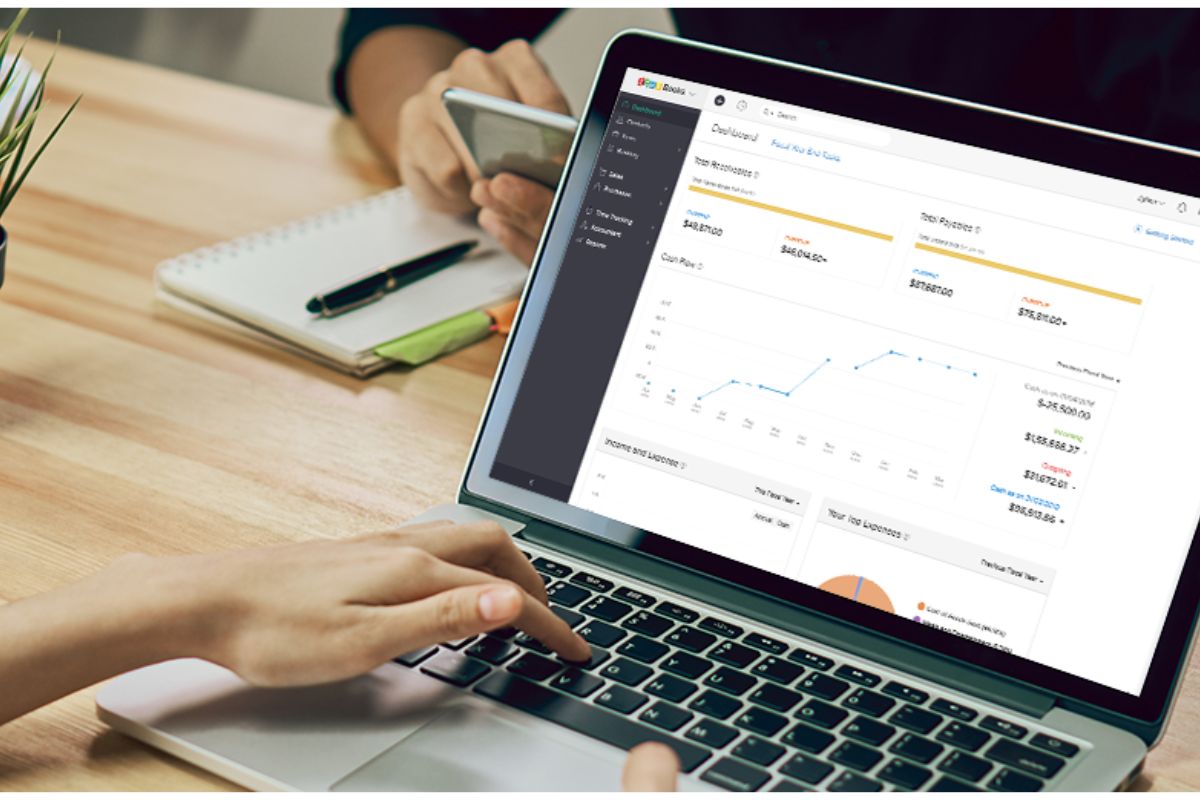SEO Migration Timelines: How Long Does It Really Take?

Website migrations, especially domain migrations, are often regarded as one of the most complex aspects of search engine optimisation (SEO). While necessary in many cases, they come with challenges that can disrupt organic traffic and rankings. Understanding the timeframes involved and the factors influencing them is critical for businesses and SEO professionals to plan effectively.
This article provides a detailed overview of how long SEO migrations typically take, based on recent studies, and offers actionable insights to help you navigate the process successfully.
What Is an SEO Migration?
An SEO migration refers to significant changes made to a website’s structure, domain, or platform that can impact its search engine rankings. Common types of migrations include:
- Domain migration: Moving from one domain (e.g., oldsite.com) to another (e.g., newsite.com).
- Platform migration: Changing the backend system (e.g., migrating from WordPress to Shopify).
- HTTPS migration: Upgrading a site from HTTP to HTTPS for security reasons.
- URL restructuring: Modifying URLs to improve user experience or align with SEO best practices.
Why Are SEO Migrations Necessary?
Businesses often undertake migrations to:
- Consolidate multiple websites into a single domain for cost efficiency.
- Rebrand or rename the company.
- Improve website functionality and user experience.
- Transition to more secure or modern technologies.
- Expand into new markets or verticals.
While migrations can provide long-term benefits, they must be handled carefully to avoid damaging organic traffic and rankings.
How Long Does an SEO Migration Take?
A recent study analysed 892 domain migrations to determine how long it takes for a new domain to regain the same level of organic traffic as the old domain. The findings revealed:
- Average recovery time: 523 days.
- Fastest recovery times: 19, 22, 23, and 33 days.
- Non-recovery cases: 17% of migrations did not recover traffic levels after 1,000 days.
The timeframes vary widely depending on the complexity of the migration and the steps taken during the process.
Key Factors Influencing Migration Duration
- Website Size and Complexity: Larger websites with extensive content and backlinks take longer to migrate and recover. Smaller sites with simpler structures often see quicker results.
- Preparation and Planning: Proper preparation, including creating a detailed migration checklist, minimises risks and accelerates recovery.
- Skipping critical steps like redirect mapping or testing can prolong the recovery period.
- Backlink Profile: Websites with extensive backlink profiles require Google to recrawl and reprocess the links, which can slow down recovery. Sites with minimal backlinks may recover faster.
- Technical Execution: Correct implementation of redirects and ensuring the new domain structure is crawlable by search engines play a significant role in recovery speed.
- Monitoring and Adjustment: Continuous monitoring of traffic, rankings, and errors helps identify and address issues promptly.
Stages of SEO Migration
Understanding the stages of migration can provide clarity on the time required:
- Pre-Migration (1-3 Months):
- Conduct audits of the current site.
- Prepare a comprehensive migration plan.
- Create a URL mapping strategy for redirects.
- Test the migration in a staging environment.
- Migration Launch (1-7 Days):
- Move the site to the new domain or platform.
- Implement 301 redirects from old URLs to new URLs.
- Update sitemaps and submit them to Google Search Console.
- Post-Migration Monitoring (3-6 Months):
- Monitor traffic, rankings, and errors regularly.
- Address issues such as broken links, crawl errors, or indexation problems.
- Communicate with stakeholders to manage expectations.
- Recovery Period (6-18 Months or More):
- Wait for Google to reindex the new domain fully.
- Continue optimising the site for SEO.
Challenges in SEO Migrations
Several challenges can arise during migrations, impacting recovery time:
- Loss of Organic Traffic: A temporary drop in traffic is common after migration. Proper planning helps minimise the impact.
- Redirect Errors: Incorrect or missing redirects can confuse search engines and users, leading to traffic loss.
- Duplicate Content Issues: Overlapping content between the old and new domains can trigger duplicate content penalties.
- Indexing Delays: Google processes new URLs on a page-by-page basis, which can take time.
Best Practices for Successful SEO Migrations
SEO migrations are complex processes that can significantly impact a website’s organic performance. However, following proven best practices can ensure a smoother transition and faster recovery of rankings and traffic. Below are seven essential steps to achieve a successful SEO migration:
Conduct Thorough Audits
Before starting the migration, analyse the current site\u2019s performance, backlink profile, and crawlability. Identify potential risks, such as pages with high organic traffic or broken links, and address them beforehand. Understanding the strengths and weaknesses of the existing site helps mitigate issues that may arise during migration.
Plan the Migration in Detail
Develop a detailed migration plan that outlines each step of the process. Define timelines, assign responsibilities, and prepare contingency measures for unforeseen challenges. A clear roadmap ensures that every team member knows their role and that critical aspects like redirects and testing are not overlooked.
Use 301 Redirects
One of the most critical steps in SEO migration is implementing 301 redirects. These permanent redirects signal to search engines that the content has moved to a new location, ensuring users and search engines can find the updated pages. Map each old URL to its corresponding new URL to prevent traffic loss. Thoroughly test all redirects to confirm they work as expected.
Pre-Launch the New Domain
To speed up the transition, launch the new domain and URL structure 24-48 hours before implementing redirects. This allows search engines to begin crawling and indexing the new URLs before the migration officially takes place. This proactive step reduces the risk of delays in indexing and improves the migration’s overall efficiency.
Update Google Search Console
Notify Google about the migration using the Change of Address tool in Google Search Console. Submit updated XML sitemaps that reflect the new site structure to help search engines identify and index the new URLs faster. These actions ensure that Google understands the migration and reduces the chances of indexing errors.
Monitor and Adjust
Post-migration monitoring is essential for identifying and addressing any issues promptly. Regularly track organic traffic, rankings, and crawl errors. Use tools like Google Analytics and Search Console to monitor performance. Address problems like broken links, missing redirects, or slow indexing to maintain progress and avoid prolonged recovery periods.
Communicate with Stakeholders
Managing expectations is critical during an SEO migration. Inform stakeholders about potential traffic fluctuations and recovery timelines. Provide frequent updates on progress and highlight completed milestones. Transparent communication helps maintain trust and keeps everyone aligned.
Why Do Some Migrations Fail?
Despite best efforts, some migrations fail to recover traffic fully. Common reasons include:
- Poor Execution: Missing redirects or broken links can derail the process.
- Weak Backlink Profile: Sites with few quality backlinks may struggle to regain authority.
- Inadequate Monitoring: Failing to track performance post-migration leads to unresolved issues.
- Algorithm Updates: Changes in Google’s algorithm during migration can impact recovery.
Conclusion
SEO migrations are a necessary but challenging process. While the average recovery time is around 523 days, careful planning, execution, and monitoring can significantly reduce this timeframe. By following best practices and addressing common pitfalls, businesses can ensure a smoother transition and regain their organic traffic more quickly.
Remember, every website is unique, and migration results will vary based on factors such as size, complexity, and backlink profile. The key is to approach the process systematically, set realistic expectations, and adapt to challenges as they arise.
Calling all Marketers!
🔴 Are you tired of searching for the perfect job?
Whether you're into content writing, SEO, social media, graphic design, or video editing—full-time, freelance, remote, or onsite—we've got your back!
👉 We post over 30 job opportunities every single day. Yes, every day (all verified).
Join the most reliable and fastest-growing community out there! ❤️
And guess what? It’s FREE 🤑
✅ Join our WhatsApp Group (Click Here) and Telegram Channel (Click Here) today for instant updates.







